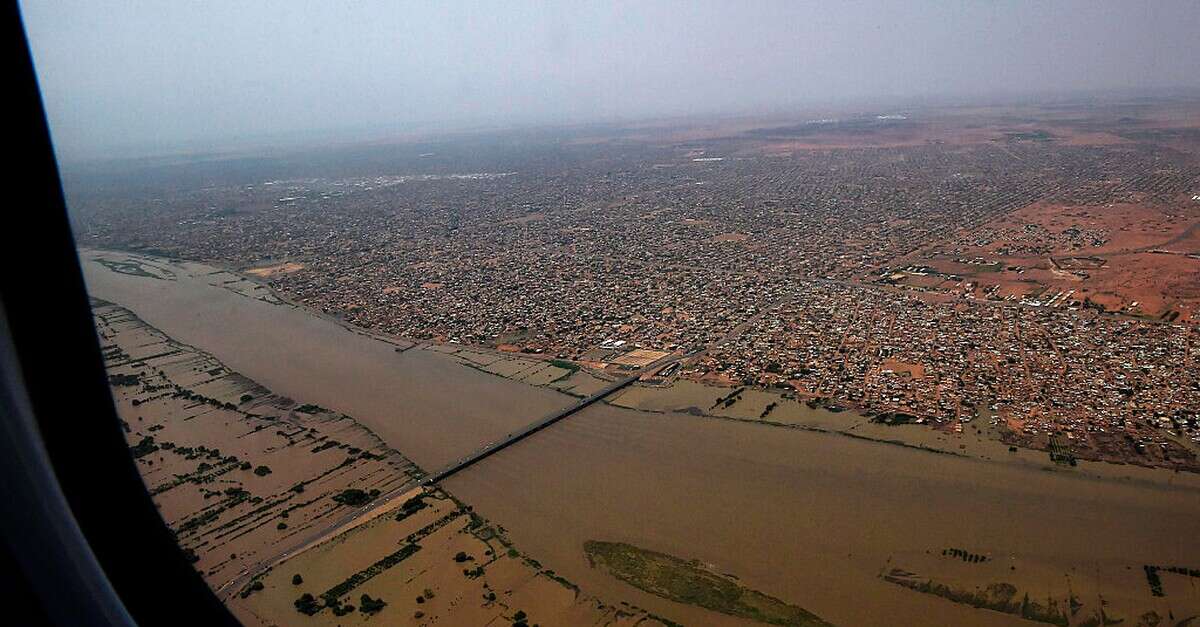The Jewish community, which was based in the capital Khartoum, disappeared from the country about 50 years ago, but the evidence for its existence extends throughout history.
The announcement of the normalization of relations between Israel and Sudan yesterday (Friday) does not take place in a vacuum, since Jewish history in the African country is long and fascinating.
In November last year, Sudanese Jew Nasr a-Din Mufrah, the Minister of Religious Affairs, called for her to return to it as part of its reconstruction after the overthrow of dictator Omar al-Bashir about six months earlier.
The Jewish community, centered in the capital Khartoum, disappeared from the country about 50 years ago.
However, there is evidence that in 1986, six Jews still lived in Khartoum under the leadership of Henry al-Aini.
Photo: Roi Avraham / GPO
The community was founded in the late 19th century when Faraj Shua came to Khartoum from the nearby Umm Dorman community, and established a small synagogue in a rented house.
In the same year, Rabbi Solomon (Shlomo) Malka arrived from Umm Dorman and began religious activity.
Joseph Forty, branch manager of the textile company Natan & Co., was elected president of the community, and it purchased a large plot of land in the middle of Victoria Avenue.
A large and magnificent Spanish-style synagogue was built on it, with room for five hundred worshipers.
Construction was completed in 1926.
Rabbi Malka, who later authored a summary of the Torah commentary, conducted the reading.
The prayer was conducted in the Spanish style, which included customs from Morocco and Egypt.
In the 1930s and 1940s, many Jews came from Egypt who served in various positions in the British administration, most notably in banks, Egyptian commercial companies, and Jewish-owned companies.
They settled in Khartoum alongside Jews from Israel, Germany and England.
Disintegration of the community
In the 1940s and 1950s, the Khartoum community reached its peak and numbered about a thousand people.
After the death of Rabbi Malka, the rabbis of Matzliach and Chaim Simoni served as heads of the community for short periods.
After them he served as Rabbi Massoud al-Az from Cairo until the early 1970s.
On the eve of the independence of Sudan in 1956, many Jews left Sudan.
A year later a wave of immigration was recorded.
After Numiiri came to power in 1969, the property of the Jews who had left Sudan was expropriated.
By the 1970s most of the rest had left and the community had actually disbanded.
A small number of Sudanese Jews have come to Israel over the years.
Following the destruction of graves in the Jewish cemetery in Khartoum, in 1975 the bones of the dead were transferred to Jerusalem.
Another point connects Sudan specifically to Ethiopian Jews: in Operation Moshe in 1985, about 7,000 immigrants from Ethiopia arrived in Sudan, where they boarded planes that took them to Europe and from there to Israel.

